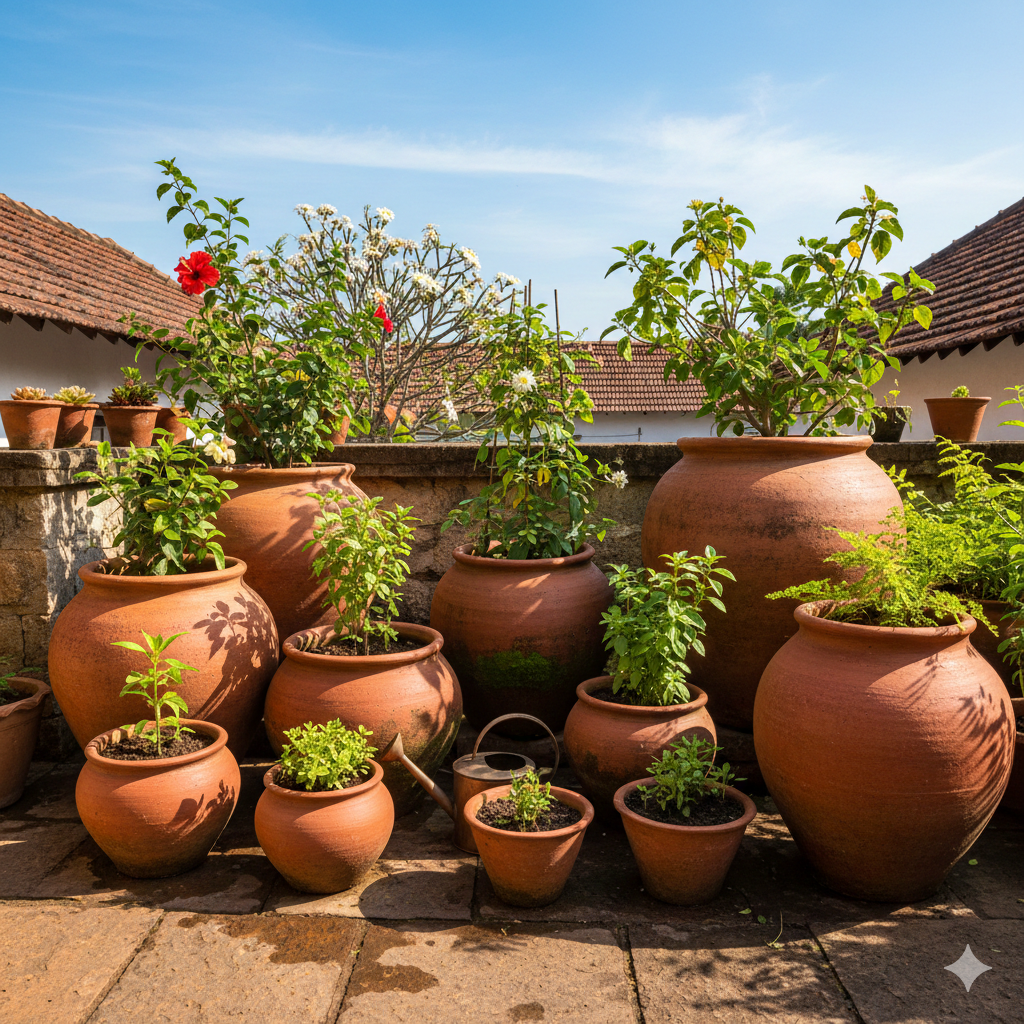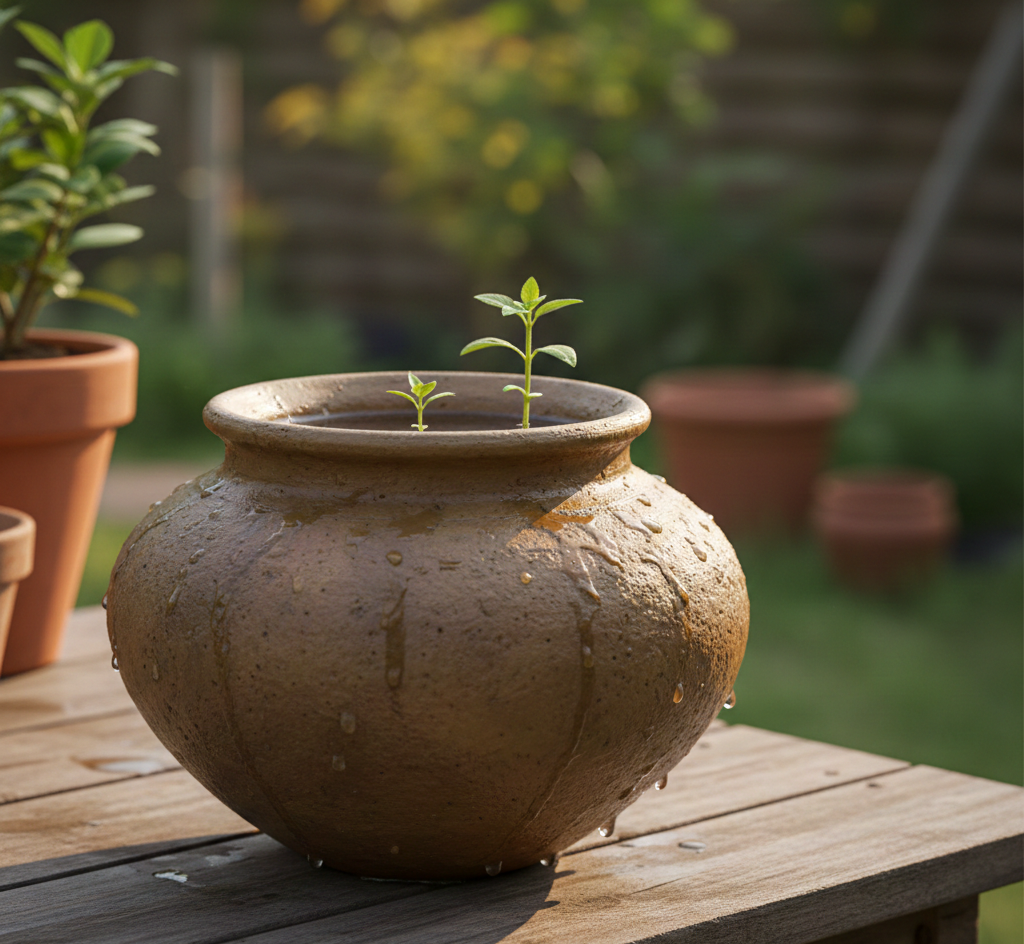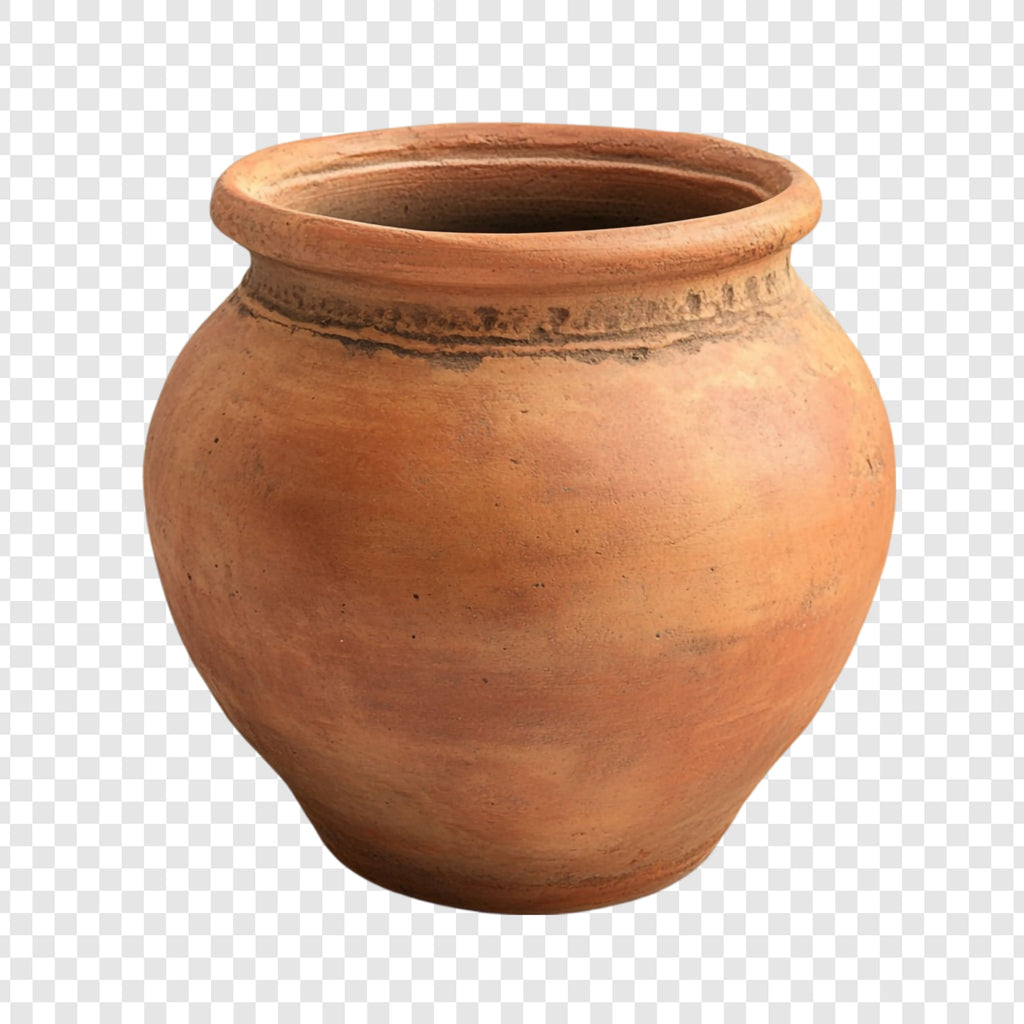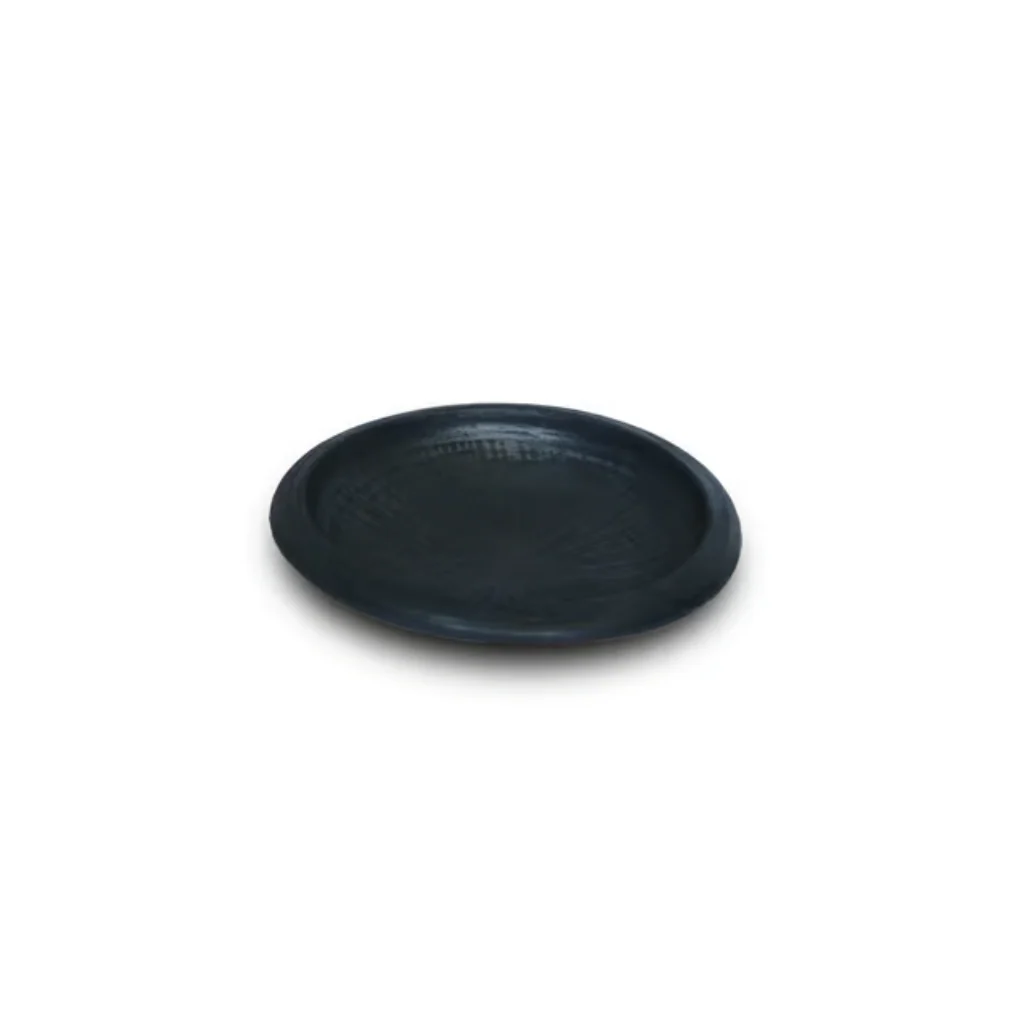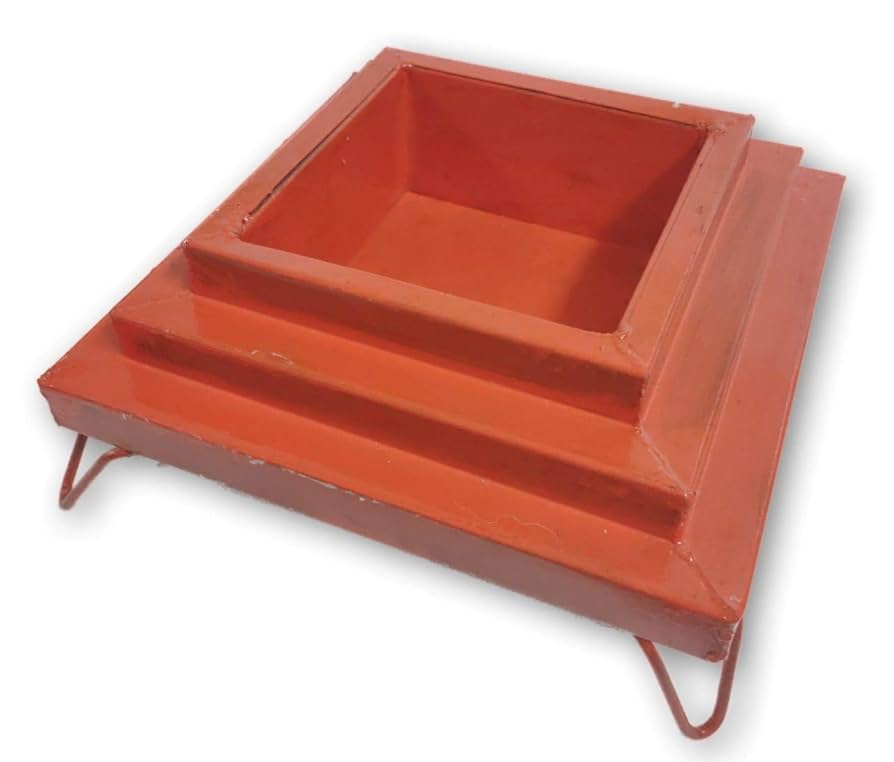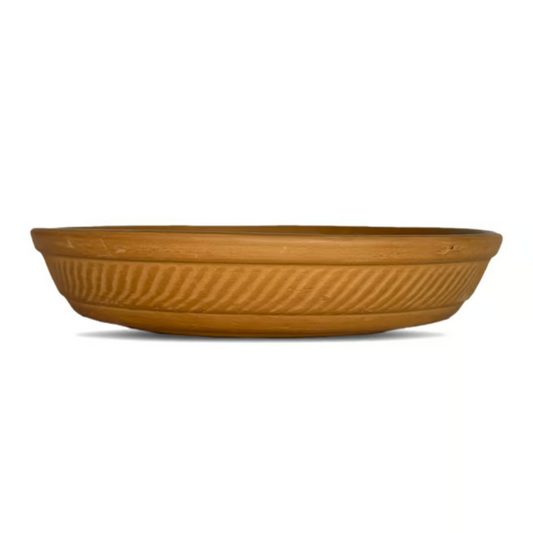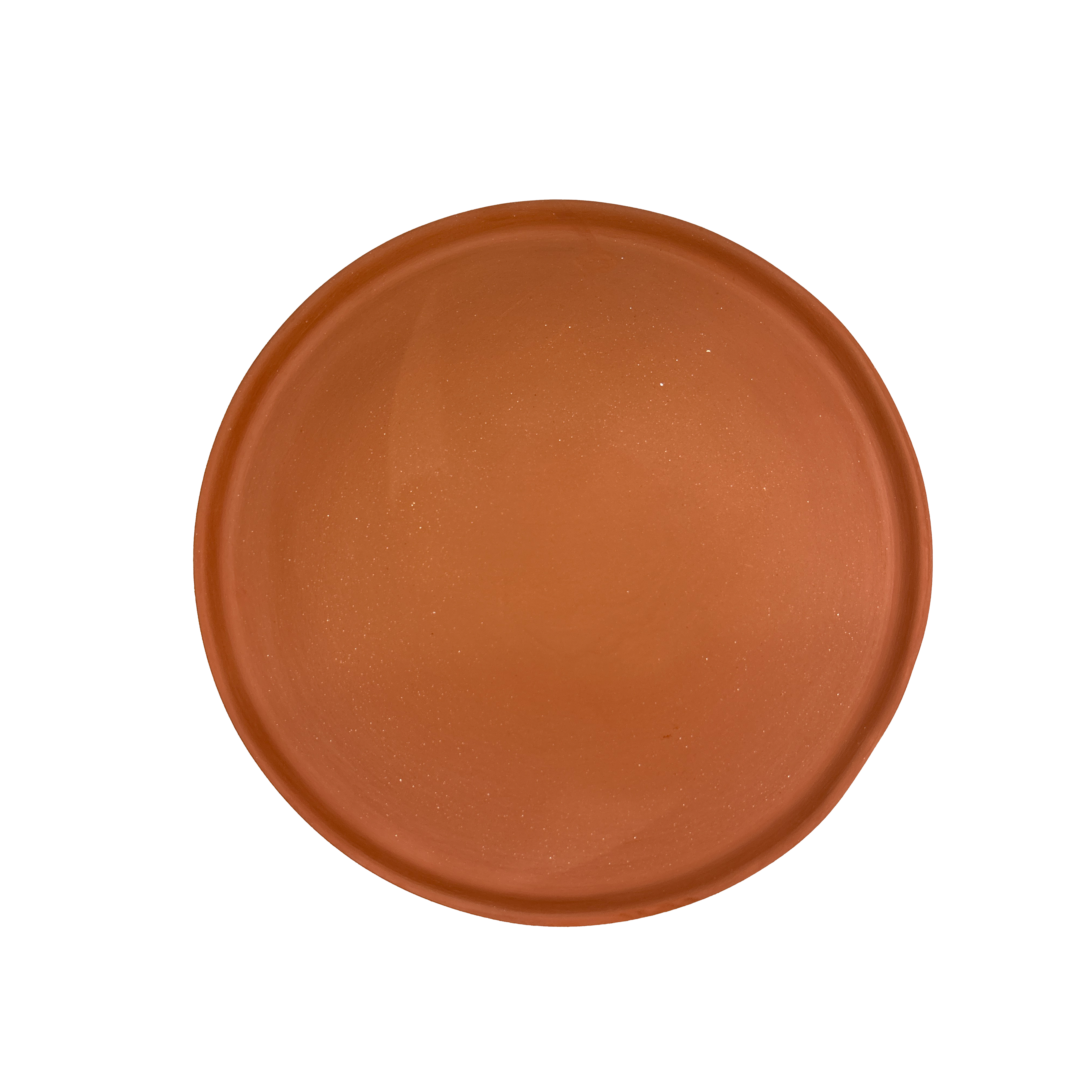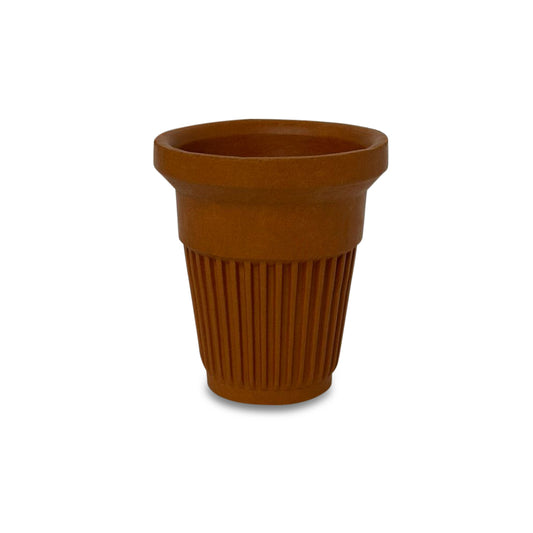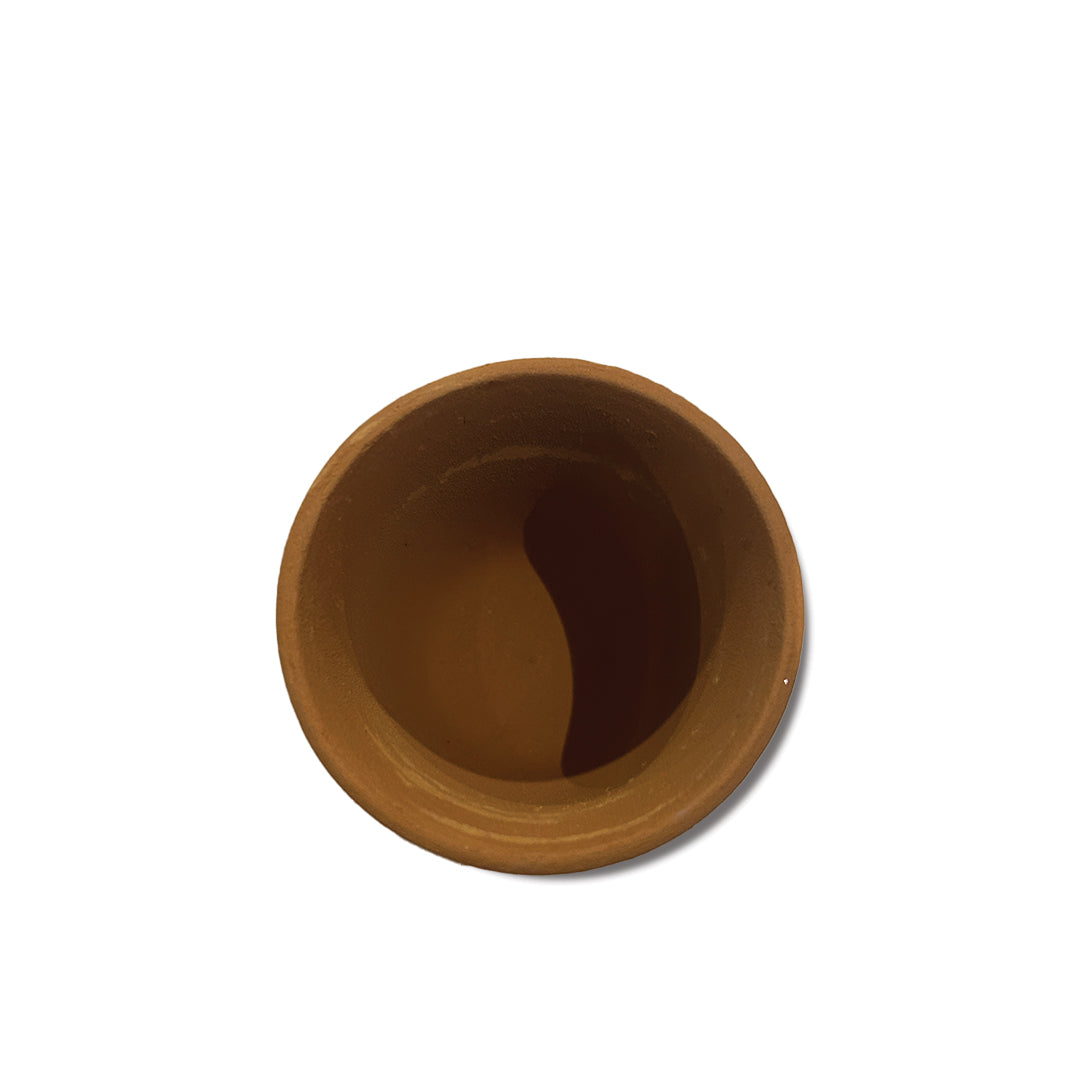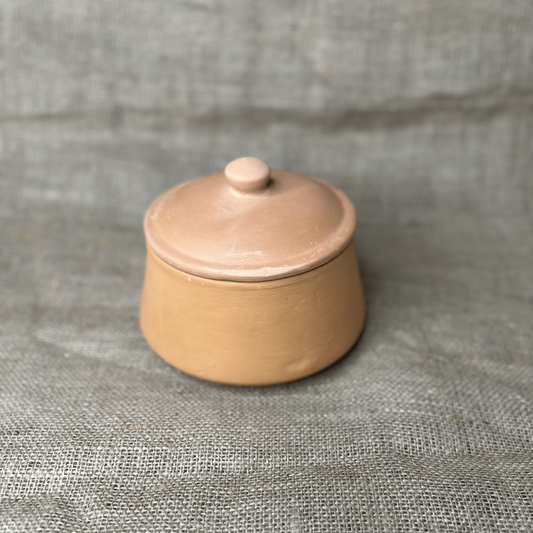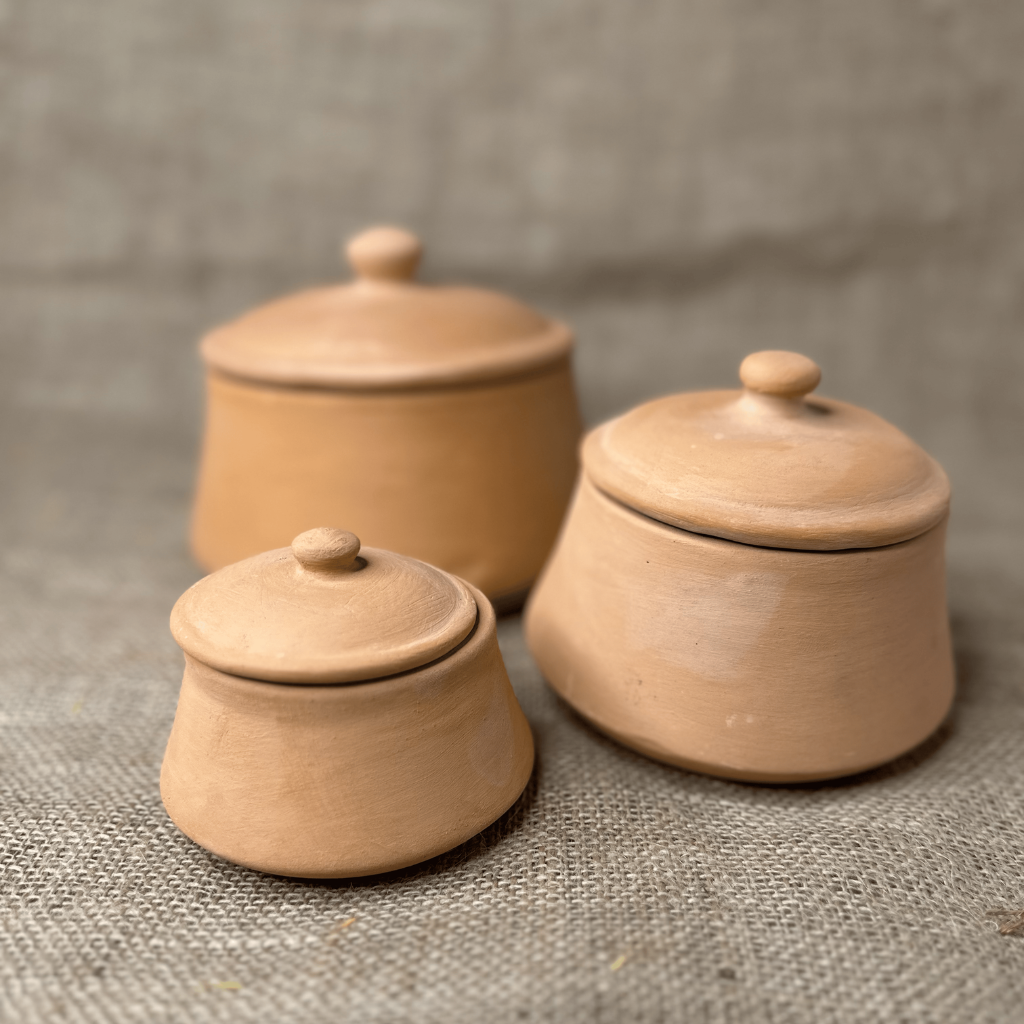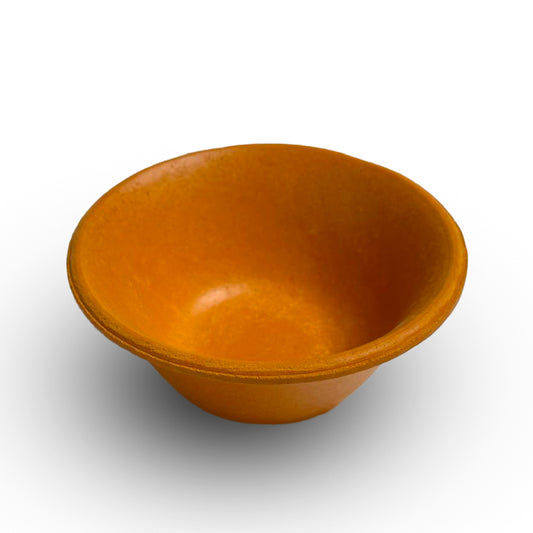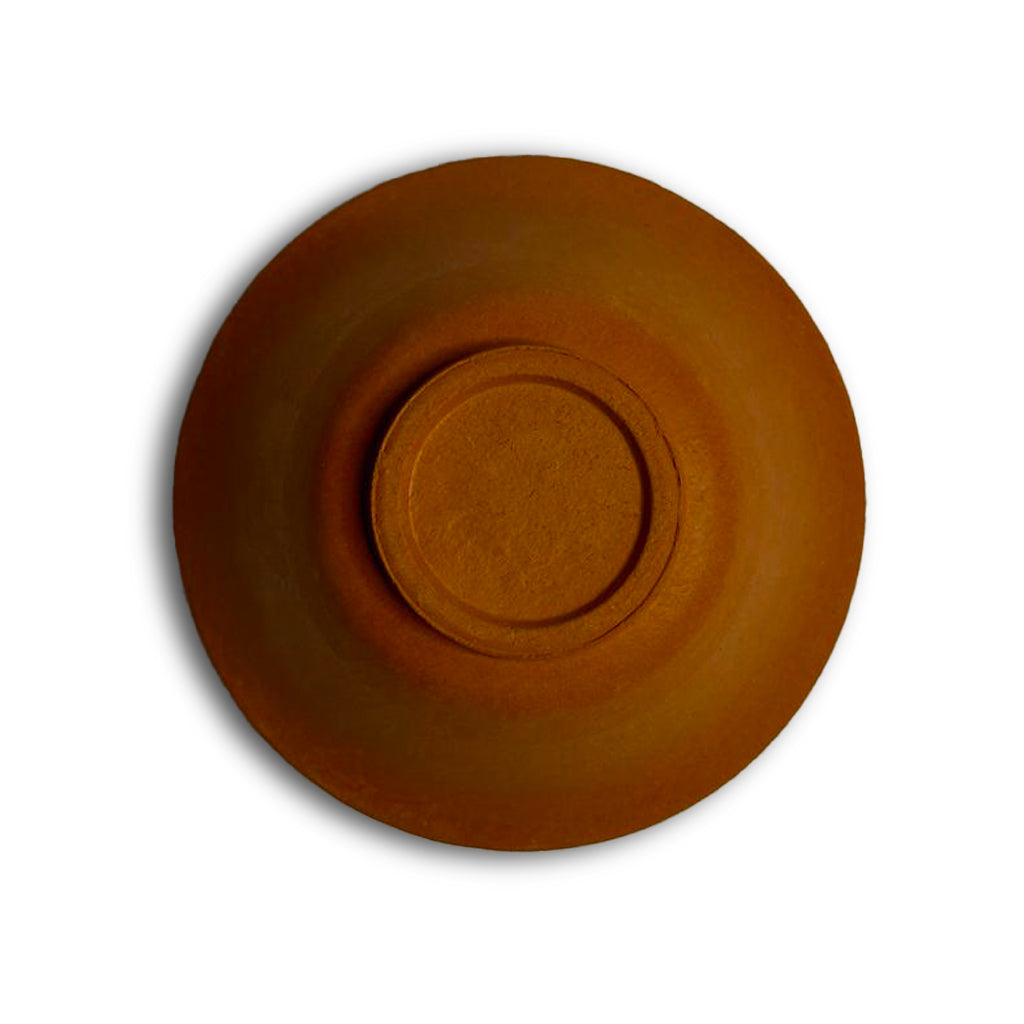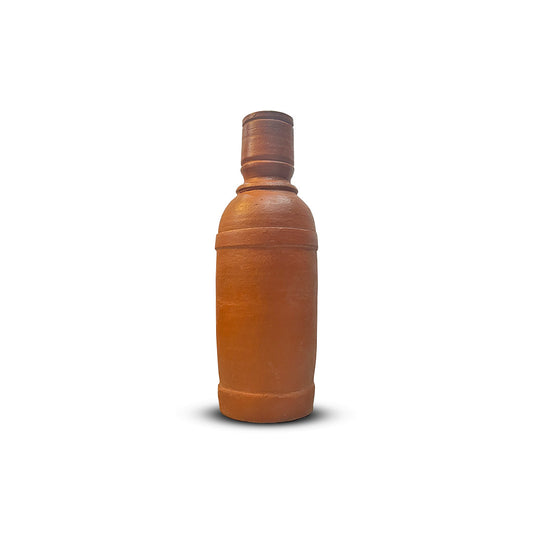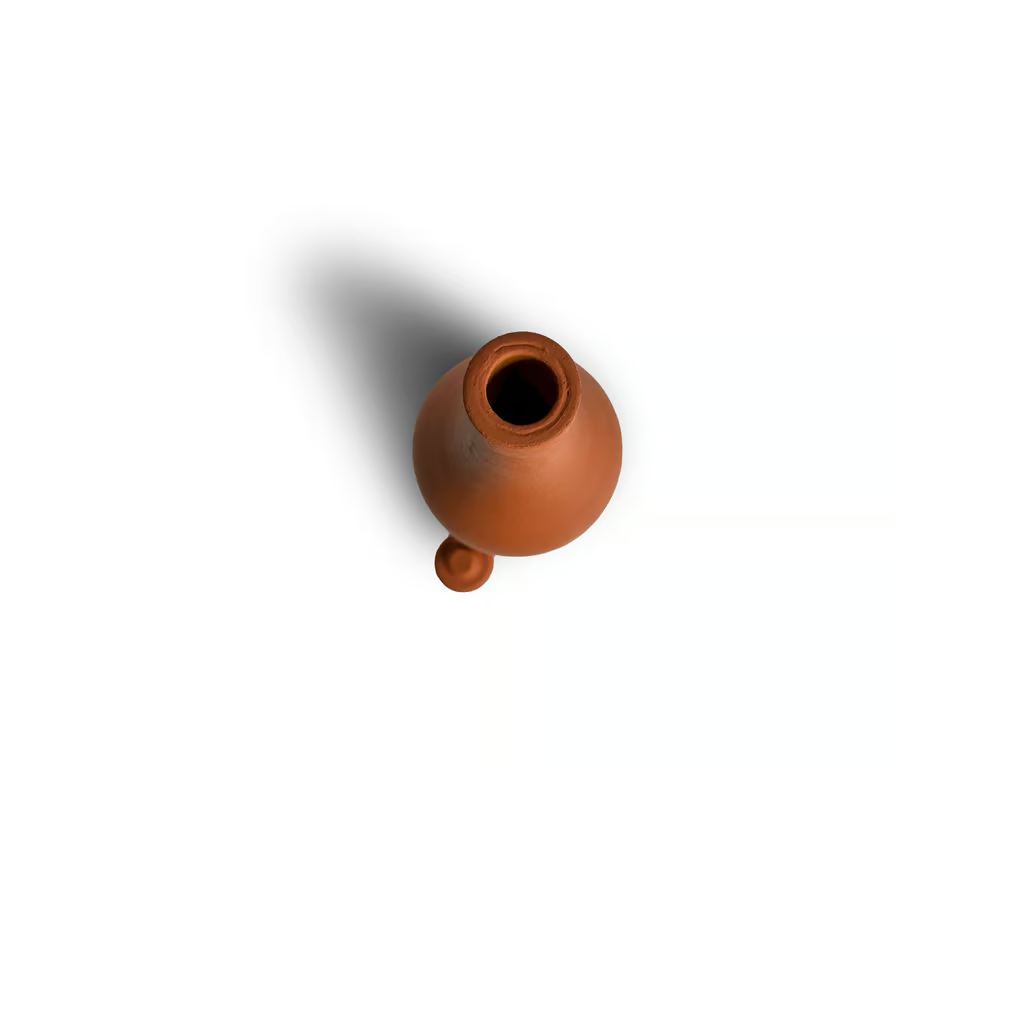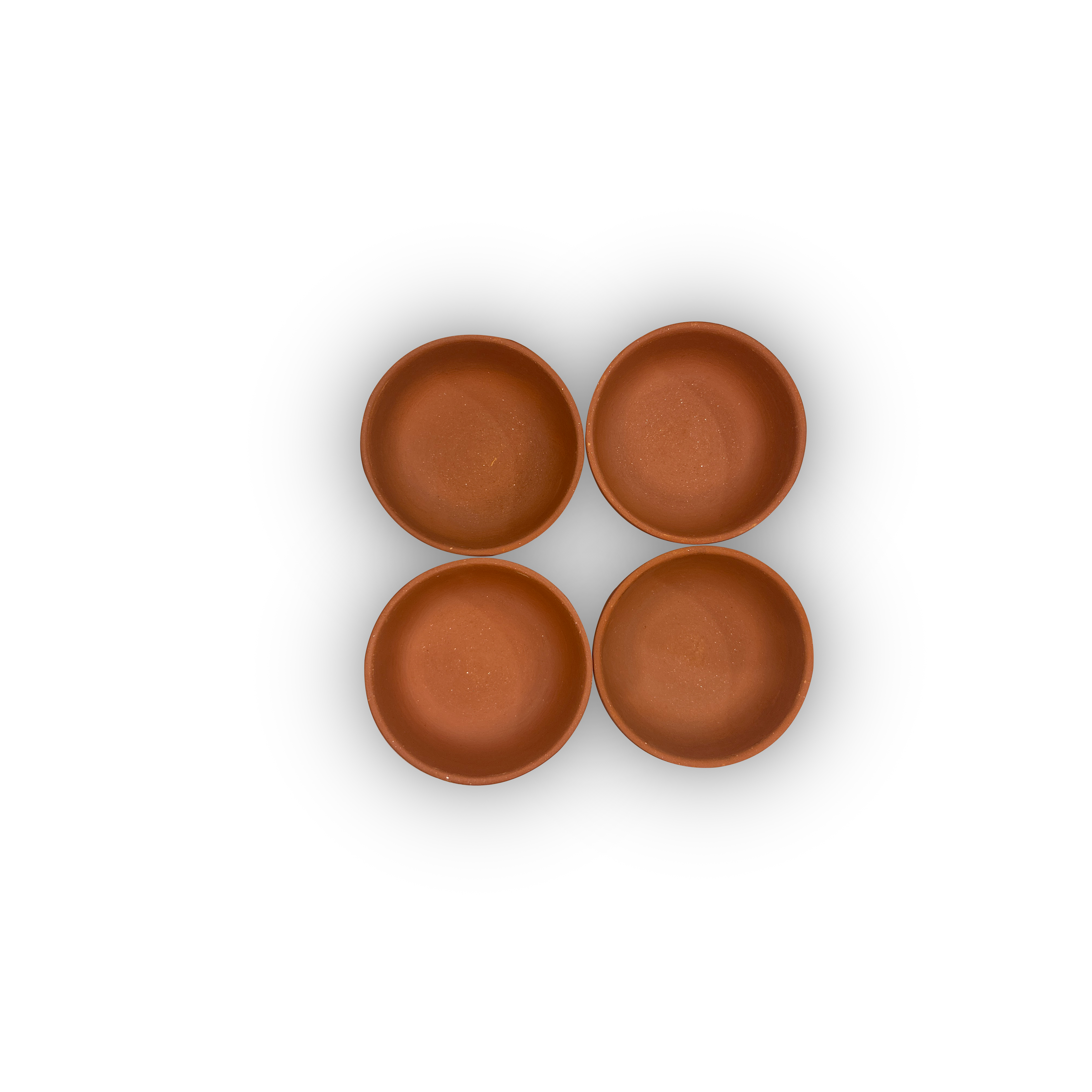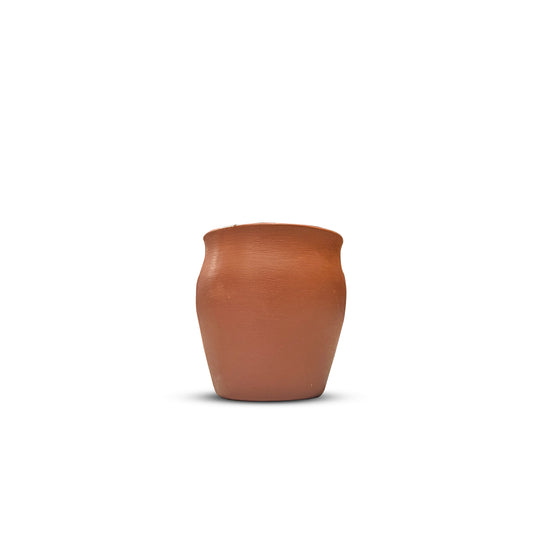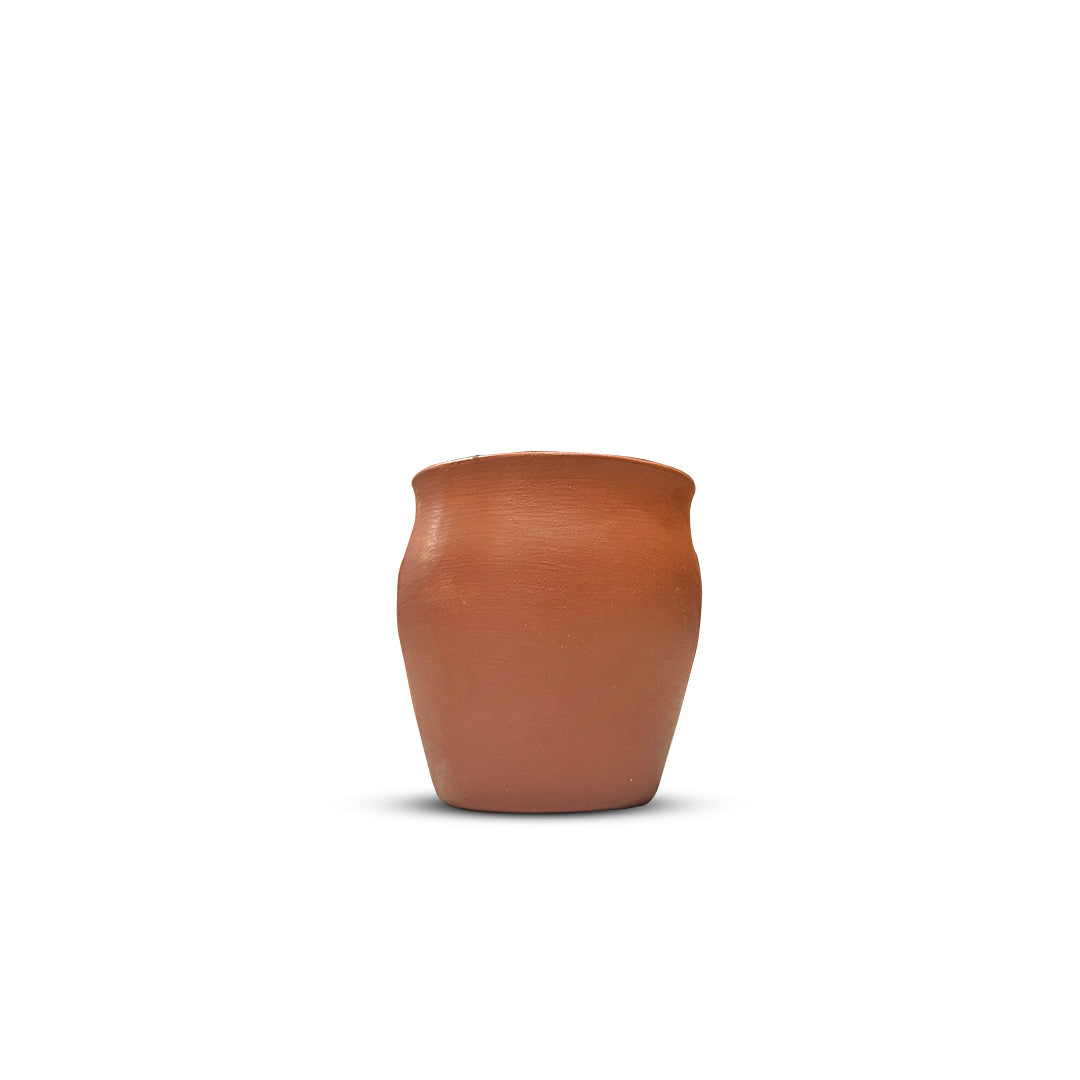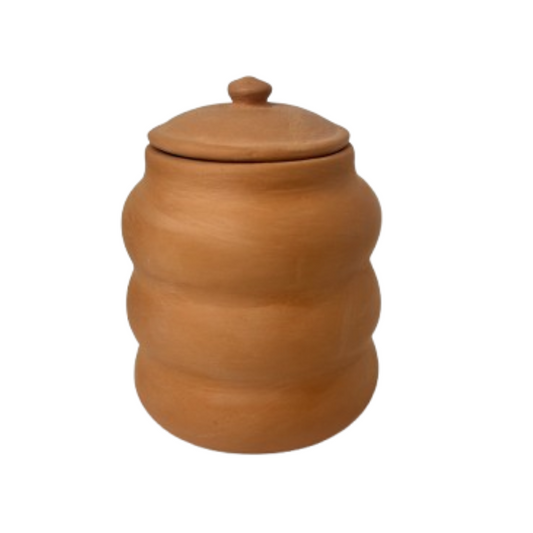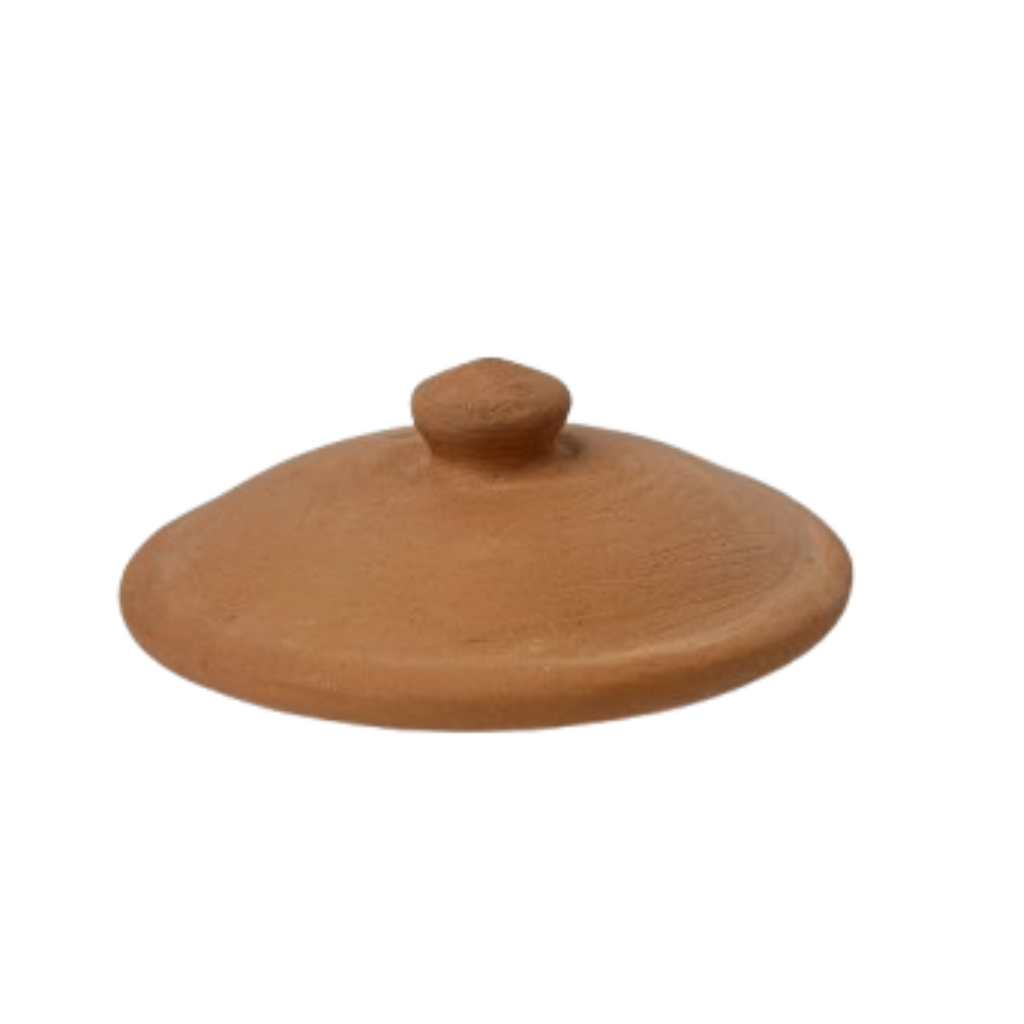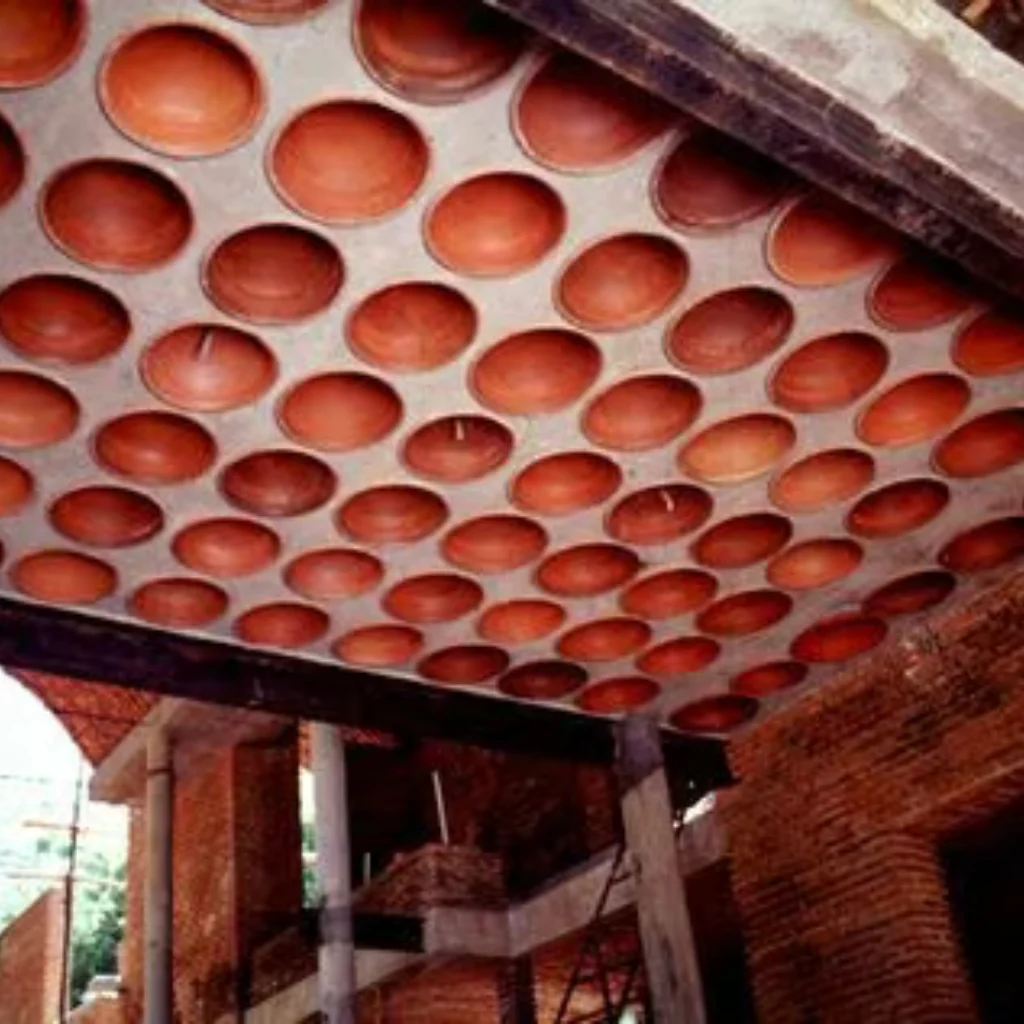
Beat the Heat: Energy-Efficient Homes with Filler Slabs

Summers at home can be refreshing and full of fond memories, but often tied with the heat and sweaty afternoons. Over the years, innovation in construction practices have shown that filler slabs in construction can reduce heat in homes and also make them energy efficient! In this blog, let’s understand filler slabs and how they can help you make your home cooler.
Architectural concepts and building innovations in humid and hotter climates require more efforts into reducing heat and keeping the interiors of the building cooler. While modern technology helps one add air conditioning, there are natural and efficient methods that can be incorporated into the engineering and design of a building that can significantly help reduce the heat inside. Adding shades, including water bodies in outdoor landscaping, cross ventilating and incorporating filler slabs into the construction process are a few natural and energy efficient ways to cool a building.
Filler slab construction method refers to the process of introducing a light weight, mostly non-concrete filler construction materials into concrete slabs for a lighter building structure, more eco friendly and cooler interiors in a building.
Filler slabs were introduced in India by famous architect Laurie Baker in Kerala in the late 1900’s. Baker was inspired by Managlore tiles due to their efficiency, local availability, eco friendliness and cost effectiveness. He designed many great landmarks that incorporated energy efficiency, organic and cost reduction methods into them. The Indian Coffee House in Trivandrum is one of his popular architectural masterpieces.
Baker incorporated terracotta filler slabs - mostly in the form of tiles and pots - into his construction to achieve energy efficient, cost saving and aesthetic buildings. Terracotta filler slabs play an important role in significantly reducing the heat in homes during summer, thus also making them a great choice for building material that makes homes energy efficient.
Benefits of Terracotta filler slabs
-
Cost reduction - lesser steel and concrete: Filler slabs reduce the cost of construction by reducing the quantity of steele and concrete. Construction plans that have a budget constraint can significantly profit from this economic aspect. While cost cutting in building material might imply compromising in quality, filler slabs ensure that the quality of the construction stays top notch.
-
Weight reduction - reduces weight on roof slab: Filler slabs introduce air pockets into roof slabs, cutting down on other building materials such as concrete and steel. This reduces the weight that is carried by other structural elements like the foundation, beams and columns. Due to the design and incorporation of clay pot filler slabs, the strength of the structure is not compromised, despite overall weight being reduced.
-
Eco friendly - locally sourced: Terracotta or terracotta filler slabs are eco friendly and are a safe material to use in construction. Construction teams often source terracotta filler slabs from local artisans and potters, cutting down on transport fuel, cost and time. By reducing the use of concrete, it also reduces carbon footprint from the overall construction. Cutting down on the steel that is used in the foundational structure supports environmental sustainability and preservation of non renewable resources.
-
Aesthetic appeal - adds a design element: Terracotta clay pot filler slabs are embedded in the concrete panels in certain repetitive patterns that are aesthetic. These filler slabs add distinct character to the overall construction of the building. Builders and architects today are adding their own creative additions to filler slabs, making them true stand outs in construction projects.
-
Thermal insulation - adds insulation: The air pockets created by terracotta filler slabs act as natural insulators and help in reducing the heat.These air pockets reduce heat transfer as air is a poor conductor of heat, ensuring that indoor spaces stay cooler.
Make your home cooler with filler slabs
Filler slabs are a great way to beat the heat in your interior spaces. They work on basic scientific principles like natural thermal insulation, passive cooling and reducing heat transfer to achieve optimal internal temperatures.
-
Thermal insulation - Thermal insulation refers to the process of setting up insulating or protecting materials with specific construction materials that will aid in the reduction of heat transmission. The air trapped in the terracotta filler slabs have very low thermal conductivity, ensuring that the interiors stay cool.
-
Passive cooling - The process of reducing heat gain naturally by using clever building techniques and materials is called passive cooling. Terracotta filler slabs create air pockets and trap cool air, passively cooling the places they are installed in.
-
Reduced heat transfer - Transfer of heat occurs through materials through the process of conduction. The air pockets reduce the amount of heat that is passed to the interior of the building. Additionally, the terracotta filler slabs interrupt the continuous flow of air, helping to maintain cooler temperatures inside.
Other materials used for filler slabs
-
Coconut shells are easily available in areas where coconut farming can be found in abundance and they are used as filler slabs in construction. They are eco friendly and also provide benefits like cost saving and reduced structural weight.
-
Hallow concrete filler slabs are used for construction sites that have slightly higher budgets and more space to cover. While they are not eco friendly, they help by reducing weight on the overall structure of the building. They also provide structural stability to the building.
-
Mangalore tiles are durable and eco friendly, making them a great option for use as filler slabs in building construction. Due to their many structural and material benefits, they are incorporated in aesthetic ways to help in cooling down homes.
-
Glass water bottles that can be embedded in buildings during construction work are another great alternative to clay pot filler slabs as they have similar functional properties. Using glass bottles is also a great way to recycle used bottles, reducing waste disposal.
Filler slabs help make your home energy efficient, right from early construction stages by reducing the quantity of concrete that goes into construction and then post construction, where they keep the interiors of the building relatively cooler without the help of other cooling systems. Due to its principles of passive cooling, there is a reduced need to adopt active cooling methods like air conditioning. They are energy efficient, eco-friendly and easy on the pocket too! Visit Mudkart!


